Commercial infrastructure: Driving force for mountainous development
In recent years, Quang Ngai has implemented a series of investment projects to build, renovate and upgrade the mountain market system, considering it an important "trade intersection" to promote the development of the mountain economy . According to the Department of Industry and Trade of Quang Ngai, the whole province currently has 181 markets, 3 third-class commercial centers, 12 supermarkets and 39 convenience stores. In mountainous and border areas, each commune has an average of 2 markets, mainly second-class and third-class markets managed by the People's Committee of the commune.
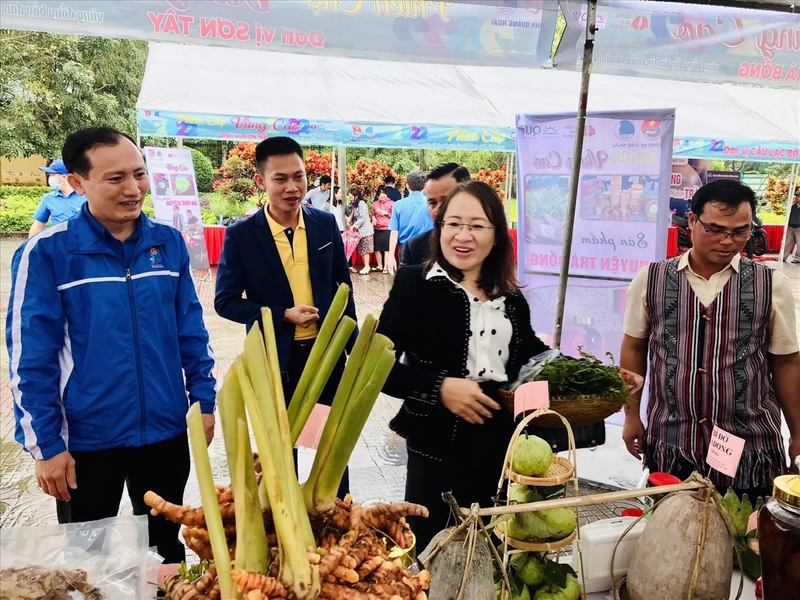
During the 2021-2025 period, Quang Ngai province has focused on investing in developing commercial infrastructure, especially in mountainous areas (Photo: Tieu Dao)
In the period of 2021-2025, Quang Ngai province has focused on investing in developing commercial infrastructure with various capital sources, including the provincial budget, the National Target Program on New Rural Development; the Program on Development of Ethnic Minority Areas and socialized capital from enterprises. From these sources, Quang Ngai province has built, renovated and upgraded 21 markets, contributing to the completion of commercial infrastructure in mountainous and border areas. Up to now, many markets such as Ba To market, Son Ha market, Tra Bong market, Minh Long market... have been invested in new construction or renovation, ensuring food safety standards, fire prevention and fighting and connecting traffic infrastructure.
The market system after investment is not only a place for trading goods but also becomes a link between agricultural and forestry production and consumption. Local specialties such as Tra Bong cinnamon, Ba To chili, Son Ha pepper, wild vegetables, honey, brocade, etc. are consumed more conveniently, contributing to increasing people's income.
One of the notable directions is that Quang Ngai links market investment with the Ministry of Industry and Trade 's mountainous trade development program. Accordingly, each market after completion will not only meet traditional trading needs but also aim for a civilized - ecological - green market model, integrating an OCOP product introduction area, a clean agricultural product display area, and a standard raw material area.
The Department of Industry and Trade coordinates with localities to organize business skills training for small traders, provide guidance on traceability, price listing, cashless payment application and digital transformation in market management. In particular, some pilot models such as Ba To market and Son Ha market are being connected to the e-commerce platform nongsan.buudien.vn and Viettel Post's digital platforms, creating conditions for highland products to "go further".
In Tra Bong - where the largest cinnamon area in the province is located, the newly built central market has become a point of consumption for more than 70% of the fresh cinnamon output in the region, and is also a place to introduce organic cinnamon products that meet export standards. Mr. Ho Van Bon, a cinnamon grower, shared: "Since the new market was established, traders have come to buy more, at higher prices, and people have less trouble carrying goods down to the plains."
Investing in market infrastructure also leads to the development of logistics, transportation, and cold storage services, while opening up opportunities for cooperation with distribution enterprises and supermarket chains inside and outside the province. This is an important step to help Quang Ngai form a closed mountain trade value chain.
Towards comprehensive and sustainable development
According to the orientation to 2030, Quang Ngai strives to complete the commercial market network according to the planning, ensuring that each mountainous district center has at least one standard market. In addition, the province also aims to develop a "green market" model, using renewable energy, minimizing plastic waste and ensuring environmental sanitation.
Along with infrastructure investment, the province will strengthen training of grassroots trade human resources, support business households and cooperatives to access preferential loans and apply digital technology in management and traceability of products. Highland markets will also be integrated into the community tourism development program - where visitors can experience the culture, cuisine, and shop for typical products of the Hre, Cor, and Ca Dong ethnic groups.
The completion of market infrastructure has created favorable conditions for the consumption of OCOP products in mountainous areas. Many typical products, especially medicinal herbs of ethnic minorities, have been consumed in markets and commercial centers, contributing to promoting rural economic development and stabilizing people's lives. Recently, through the trade promotion program, the Department of Industry and Trade of Quang Ngai province has coordinated to organize promotional activities, connecting the consumption of products in mountainous, remote and isolated areas to neighboring provinces.
With a synchronous direction, investing in infrastructure for mountainous markets is not only a step in commercial development, but also a humane policy of Quang Ngai, helping mountainous people improve their lives, preserve cultural identity, and gradually integrate into a green and sustainable economy. The development of market infrastructure has created opportunities for people's products to reach a wider market, helping trading activities in markets become more vibrant and effective.
Source: https://congthuong.vn/quang-ngai-dau-tu-ha-tang-cho-mien-nui-thuc-day-thuong-mai-vung-cao-430008.html


![[Photo] Prime Minister Pham Minh Chinh receives Lao Minister of Labor and Welfare Phosay Sayasone](https://vphoto.vietnam.vn/thumb/1200x675/vietnam/resource/IMAGE/2025/11/11/1762872028311_dsc-2246-jpg.webp)



![[Photo] Chu Noodles - the essence of rice and sunshine](https://vphoto.vietnam.vn/thumb/1200x675/vietnam/resource/IMAGE/2025/11/11/1762846220477_ndo_tl_7-jpg.webp)



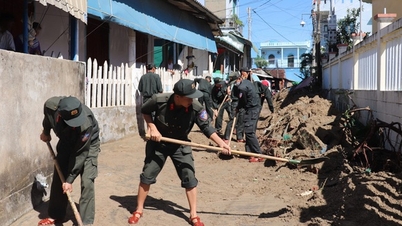

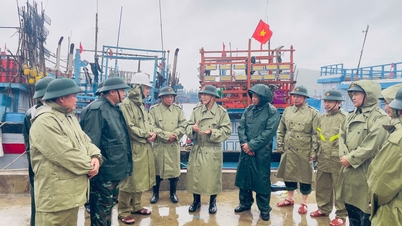
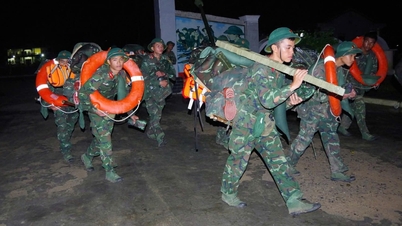


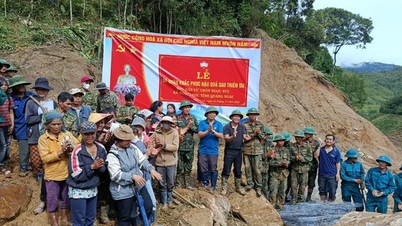






































































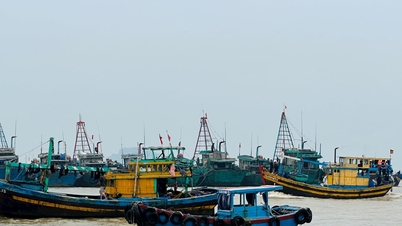



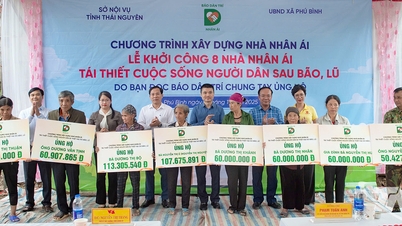



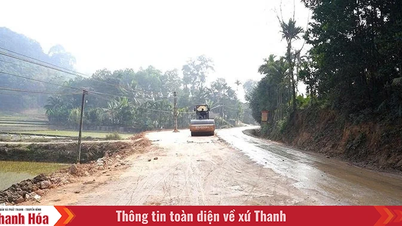



![Dong Nai OCOP transition: [Article 3] Linking tourism with OCOP product consumption](https://vphoto.vietnam.vn/thumb/402x226/vietnam/resource/IMAGE/2025/11/10/1762739199309_1324-2740-7_n-162543_981.jpeg)








Comment (0)